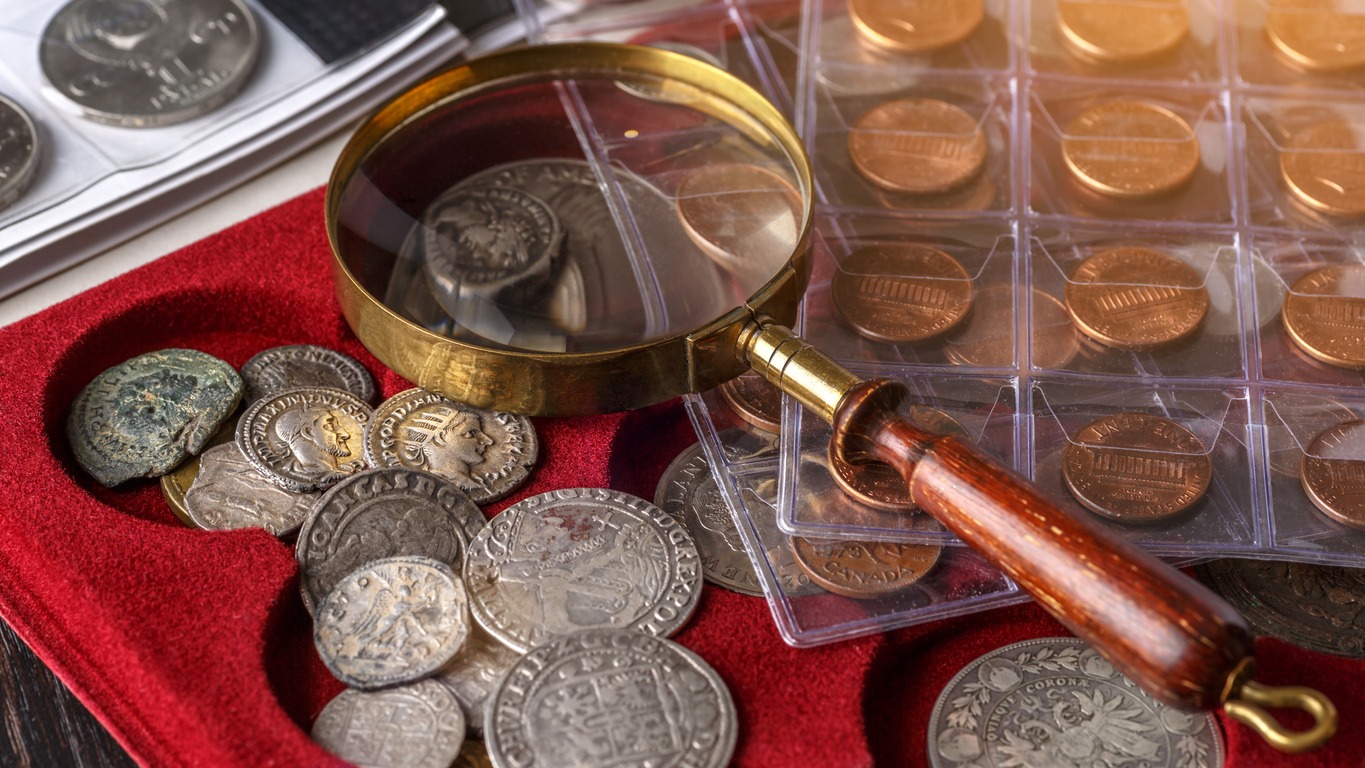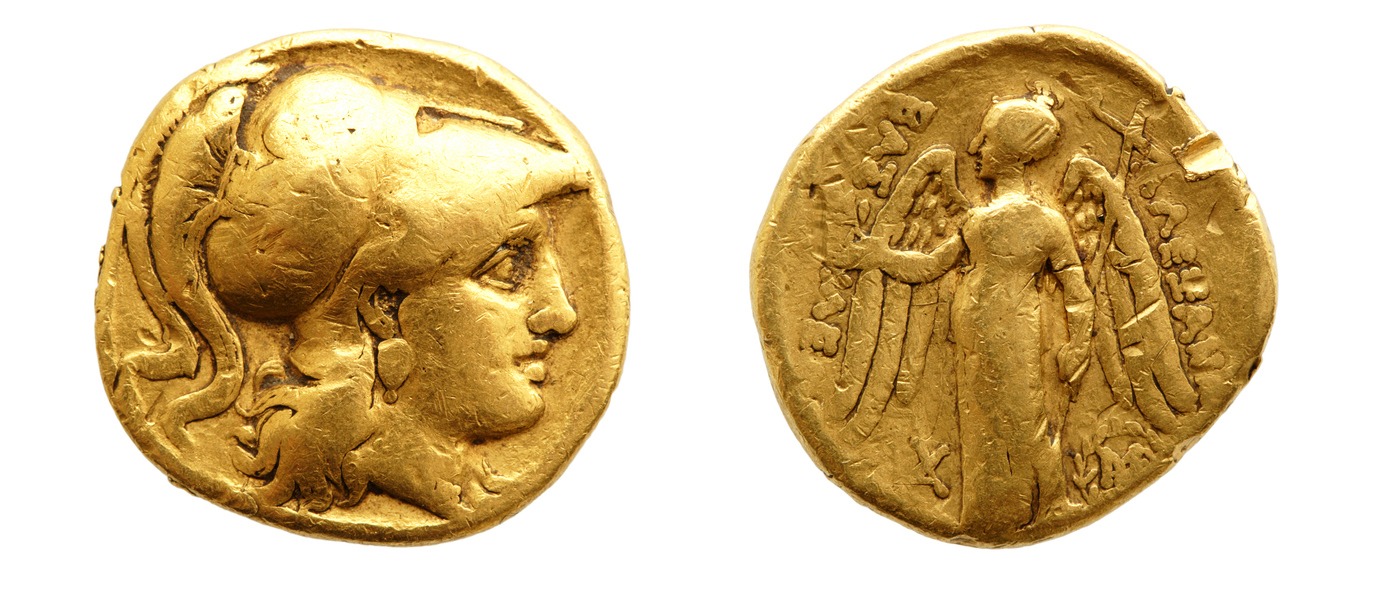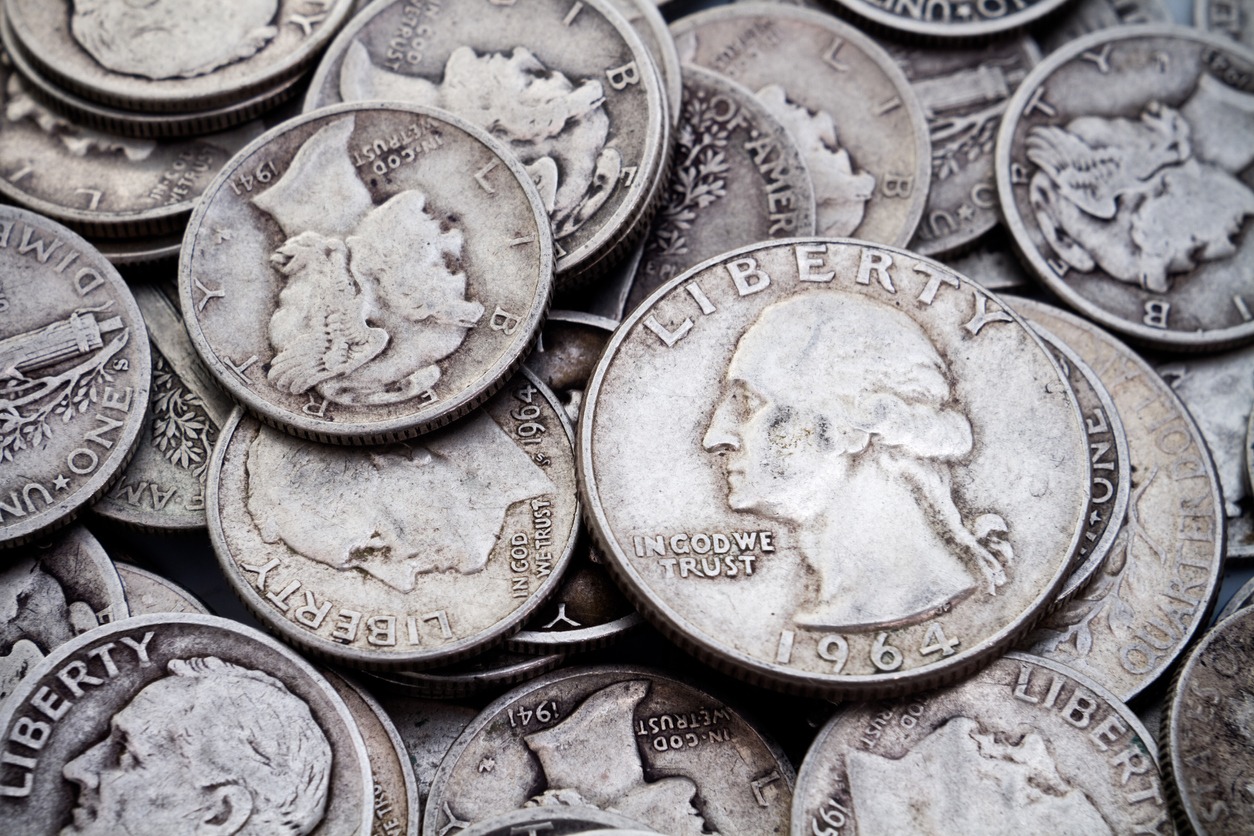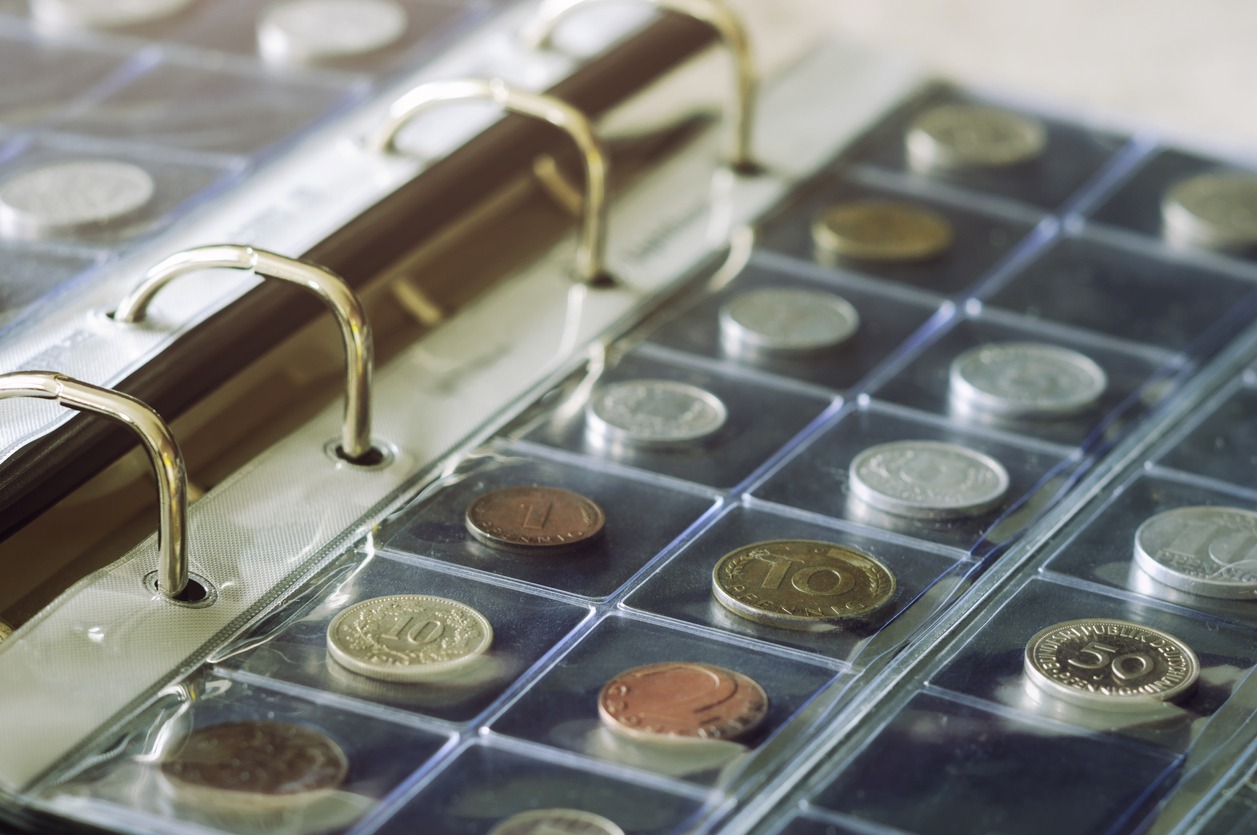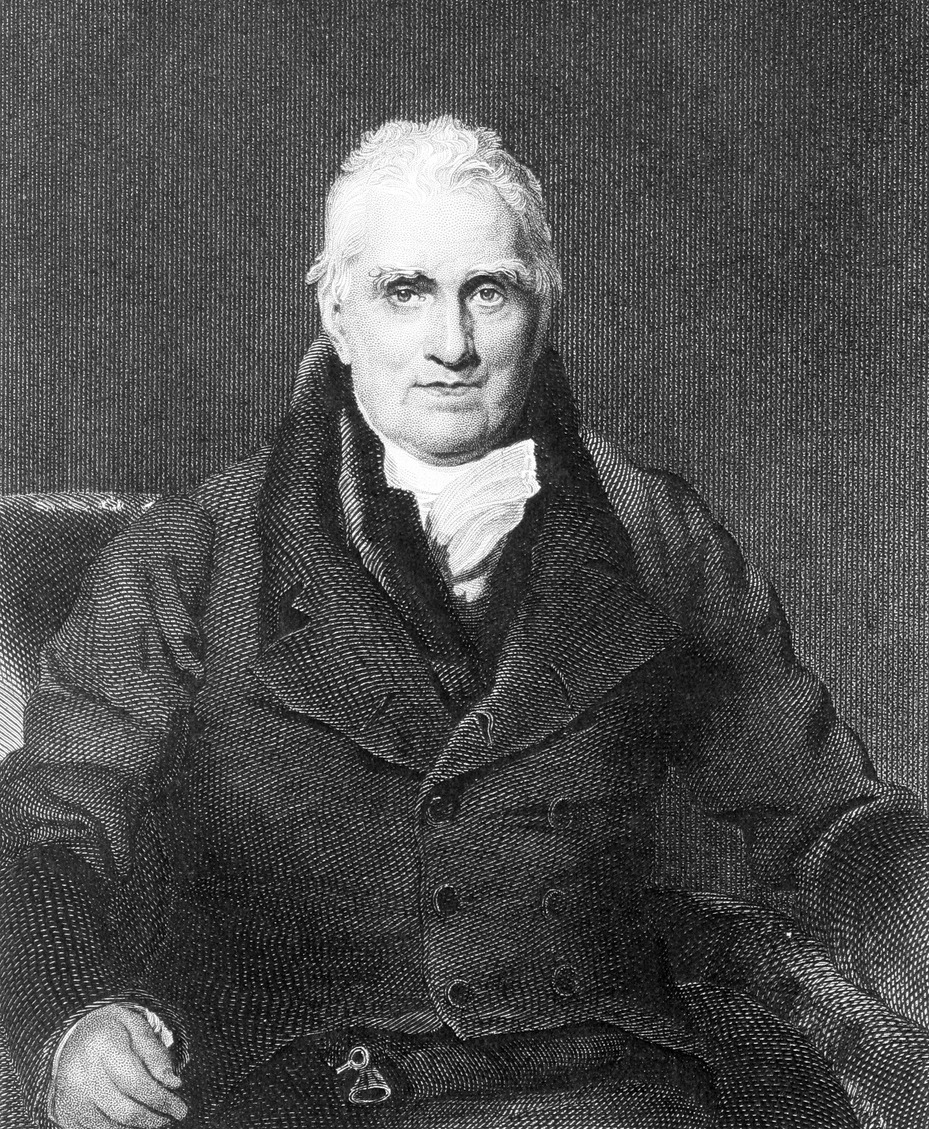Coin collecting has a rich history that traces back to ancient times when individuals began amassing rare coins. These coins were once esteemed as valuable gifts and were also used as a form of storing wealth. Nowadays, many people revel in the pursuit of these rare coins to delve into their history and sometimes even turn a profit.
History of Coin Collecting
The history of coin collecting, also known as numismatics, dates back thousands of years and has evolved over time. Here’s an overview of its history:
Ancient Origins
Coin collecting is an ancient hobby, one of the oldest pastimes known to humanity. Some of the earliest coin collectors were the Romans and Greeks, who collected coins for their historical and artistic value. Coins from these ancient civilizations were often seen as a symbol of power and culture, and collecting them was a way to preserve a piece of history.
Archaeological and historical findings from Ancient Rome and medieval Mesopotamia suggest that scholars and state treasuries began collecting and cataloging coins. It’s also likely that ordinary people collected old, exotic, or commemorative coins as a way to enjoy art that was both affordable and portable.
For instance, Emperor Augustus of Rome, around the first century AD, would sometimes gift old and exotic coins to friends and associates during special events, as noted by Suetonius in his work “The Lives of the Twelve Caesars.” Although historical sources on this are limited, it’s clear that collecting ancient coins continued during the Middle Ages, mainly among rulers and the nobility.
Middle Ages and Renaissance
Modern coin collecting as a more widespread and appreciated hobby began around the 14th century, particularly during the Renaissance. It became trendy among the privileged classes, especially among kings and queens. An Italian scholar and poet named Petrarch is credited with being the first and most famous enthusiast. During this period, the study of numismatics as a science also began to develop.
Following his example, many European monarchs, princes, and nobles started collecting ancient coins. Some notable collectors included Pope Boniface VIII, Emperor Maximilian I of the Holy Roman Empire, Louis XIV of France, Ferdinand I of Spain, Holy Roman Emperor, Henry IV of France, and Elector Joachim II of Brandenburg, who established the Berlin Coin Cabinet.
From the 15th century onwards, coin collecting was mainly reserved for royalty and statesmen who sent specialists on treasure hunts across Europe and Asia for significant and beautiful coins. Nobility encouraged numismatic research, and massive excavations of ancient sites led to a bustling coin trade. King Louis XIV of France had a vast collection that he tended to daily. Because only the wealthiest could afford this hobby, it was dubbed the “Hobby of Kings” during the Renaissance.
17th to 19th Century
In the 17th and 18th centuries, coin collecting was still a pursuit of the affluent. However, the Age of Enlightenment brought a more systematic approach to collecting and studying coins. Scholars were publishing treatises and studies about coins, but these weren’t intended for the general public. Furthermore, the focus was primarily on ancient coins, not those currently in circulation.
The 18th and 19th centuries saw the emergence of organized numismatic societies and publications. In 1760, the Society of Antiquaries of London formed a numismatic section, and the first numismatic magazine, “The Gentleman’s Magazine,” published articles on coin collecting.
In the 1800s, coin collecting moved beyond the realm of ancient coins to encompass coins from all over the world, including the United States. Novices and non-experts had access to introductory handbooks. Collectible coins became attainable for the middle class, not just those with royal wealth. The mid-1800s marked the start of coin collecting’s popularity in the United States, with the establishment of the American Numismatic Society in 1858 and the emergence of numerous numismatic societies in England.
Coin collecting continued to evolve as a hobby and reached its peak in the mid-19th century. For instance, collectors of that era were keen on tracking each year in the large cent series after it was discontinued in 1857. Studies of coin auction catalogs from that time show that early collectors were intrigued by early Colonial coins and currency associated with the Founding Fathers. While the hobby had moved beyond studying only ancient and highly valuable coins, collectors still gravitated toward coins with some age and historical significance.
One surprising development in the late 1800s was the publication of “A Treatise on Coinage of the United States Branch Mints” by George Heaton in 1893. It wasn’t until the early 20th century that collectors began paying close attention to mint marks.
Modern Era
Coin collecting gained even more popularity in the 20th century. The market for coins expanded to include not only ancient coins but also foreign or exotic currency. Coin shows, trade associations, and regulatory bodies were established during these periods.
Coin boards and folders made their appearance in the 1930s, coinciding with Barber coins being the oldest series still in circulation. Coin boards are credited with preserving many well-preserved examples of these coins. These organizational tools made coin collecting even more accessible and attracted more children to the hobby. Many of these children grew up with coin collecting as a lifelong pursuit and passed on their passion and collections to the next generation.
The first international convention for coin collectors took place from August 15th to 18th, 1962, in Detroit, Michigan, sponsored by the American Numismatic Association and the Royal Canadian Numismatic Association, with an estimated 40,000 attendees. Being one of the oldest and most beloved hobbies worldwide, coin collecting is often referred to as the “King of Hobbies.”
Official coin grading and authentication services didn’t emerge until the 1980s. Although collectors could collect and create grading systems independently, these services brought stability to the market. They provide buyers with added confidence, knowing that a reputable third party has verified the authenticity of their purchases.
Modern coins have also captured the public’s imagination. The 50 State Quarters Program is deemed the most successful coin program in U.S. history, according to the U.S. Mint. Contemporary bullion coins like U.S. Silver Eagles and Gold Eagles continue to draw attention.
Numismatics evolved further with the advent of the internet in the 21st century, making it easier for collectors to buy, sell, and exchange information about coins. Coin shows, museums, and exhibitions continue to be important venues for collectors to display and view rare and valuable coins.
Over time, numismatics hasn’t lost its allure. People still cherish and study rare, ancient, and highly valuable coins. However, affordable and new coins can be equally thrilling for collectors. The modern hobby has evolved to become more accessible, popular, and trustworthy. Even in this digital age, when coins are used less frequently, coin collecting remains a beloved pastime.
Why Try Coin Collecting?
Today’s hobbyists, much like Augustus and those before them, still cherish coins for their historical value and the great sense of achievement they bring. Coin collecting is a hobby that requires patience and dedication. Many collectors start when they are young, often inspired by collections handed down from their parents or grandparents. Others discover the hobby later in life, perhaps after finding a coin with potential value or a coin issued to mark a special event. Whatever the reason, coin collecting offers a wide world of possibilities for everyone.
Specialized Interests: Coin collectors often focus on specific areas of interest, such as ancient coins, world coins, commemorative coins, or coins of a particular era or country. Some collectors seek rare and valuable coins for their investment potential, while others are more interested in the historical and artistic aspects of coins.
Preservation and Conservation: The preservation and conservation of coins have become essential concerns in the world of numismatics. Techniques for cleaning, grading, and storing coins have been developed to maintain their condition and value.
Education and Research: The study of numismatics has grown into a well-established field, with academic institutions offering courses and degrees in the subject. Research and scholarship in numismatics continue to expand our understanding of the historical, cultural, and economic aspects of coinage.
Famous Coin Collectors in History
Although coin collecting may seem like a tranquil pastime enjoyed by contemplative individuals, there are quite a few well-known personalities who have embraced this age-old and cherished hobby.
Let’s explore some of the well-known people who have taken up the mantle of coin collecting, and you might be surprised by a few of them.
Thomas Jefferson
The renowned inventor and one of the founding fathers of the United States had a keen interest in collecting gold coins. His collection spanned various periods, including coins from ancient civilizations and contemporary European pieces.
John Adams and John Quincy Adams
John Adams was not just a Founding Father and our second president but also a devoted collector of ancient coins. He instilled his passion for ancient history and coins in his son, John Quincy Adams. Their coin collection sparked discussions between father and son about ancient governments, philosophers, and leaders, contributing to their conversations about nation-building.
In particular, John Quincy Adams actively collected and studied coins during his presidency in 1825-1829. His expertise in coins played a role in shaping the course of early American currency.
King Farouk I
King Farouk I, who reigned over Egypt from 1936 to 1952, left a legacy not just for his controversial rule but also for his remarkable coin collection. He amassed a staggering 8,500 gold coins and medals, the majority of which he acquired during the 1940s when the Egyptian pound was at its peak. Among his collection was the rare 1933 version of the $20 Saint-Gaudens Double Eagle.
Following Farouk’s abdication from the Egyptian throne in 1952, the new Egyptian government-organized auctions to sell his extensive collection, attracting collectors from around the world. Even in the 21st century, pieces from King Farouk’s original holdings still appear at auctions, such as the 1933 Saint-Gaudens Double Eagle, which fetched nearly $7.6 million at a 2002 auction.
Jerry Buss
Jerry Buss, the former owner of the Los Angeles Lakers, dedicated his career to fostering the athleticism of Lakers players. Beyond his passion for basketball, he was equally enthusiastic about building one of the most sought-after coin collections in recent history. Buss owned some remarkable coins, such as an 1804 Draped Bust Silver Dollar and a 1913 Liberty Head Nickel, for which he paid $200,000 at an auction.
Inspired by the idea of collecting rare pennies still in circulation, Buss managed to assemble three complete sets of Lincoln cents, Buffalo nickels, and Mercury dimes, with the exception of the elusive 1909-S VDB (a San Francisco coin marked with the initials of Victor David Brenner). Even at his passing, Buss held onto his original penny board, his well-worn Red Book, and the original coin collections he had set aside from his pocket change.
Jack Black
Jack Black, the versatile American actor, comedian, musician, and songwriter, has a surprising hobby – he’s a coin collector. During an interview with Conan O’Brien, he shared details about his unique collection, which includes a 1-cent coin from 1793 featuring a woman with flowing hair (yes, you read that right!) and a 1913 coin showcasing a rather unconventional depiction of Abraham Lincoln. It’s quite the spicy collection.
Wayne Gretzky
The hockey legend Wayne Gretzky, also known as “The Great One,” has a surprising passion for coin collecting. He boasts an impressive collection of rare and valuable coins that can rival even the most established collectors. In addition to his achievements on the ice, Gretzky’s face has graced numerous vintage and collectible sports coins, further solidifying his status as a coin enthusiast.
Nicole Kidman
Despite not being widely known for her coin-collecting hobby, Nicole Kidman has a specific fascination with ancient Greek and Roman coins. According to some reports, she began her coin collection journey after receiving a rare coin as a gift from her husband, Keith Urban. Since then, she’s allegedly assembled a collection worth several hundred thousand dollars, with a strong emphasis on coins from ancient Greece and Rome.
Nicolas Cage
Nicolas Cage, famous for his Hollywood acting career, is equally renowned for his passion for collecting rare and valuable items, including coins. Cage is an enthusiastic coin collector and has been known to bid significant amounts on rare coins at auctions. His collection is estimated to be valued at over $10 million and includes extraordinary coins with historical significance, such as the 1913 Liberty Head nickel and the 1792 silver center cent. He’s also said to possess notable coins, including the 1933 Double Eagle, which was considered illegal to own until a court ruling in 2009.
Neil Armstrong
The astronaut who became the first man to walk on the moon, Neil Armstrong, was also a coin enthusiast. He collected coins from around the world, with a special focus on ancient coins. Armstrong’s coin collection was diverse, encompassing coins from various countries and time periods. He had a particular interest in collecting coins from the countries he visited during his time as an astronaut and even carried a few coins with him on his historic Apollo 11 mission to the moon in 1969. After Armstrong’s passing in 2012, his extensive coin collection was auctioned by Heritage Auctions, comprising over 2,000 coins and estimated to be worth over $5 million.
Jay Leno
Jay Leno, the former late-night talk show host, is famous for his extensive car collection, but not many know about his passion for coins. His interest in coin collecting dates back to his childhood and has been a lifelong pursuit since the 1970s. Leno has a particular fondness for coins from ancient Greece and Rome, as well as American coins from the 18th and 19th centuries. Among his treasures are rare and unusual coins, including an 1804 silver dollar and a 1913 Liberty Head nickel. Leno’s coin collection is carefully stored in a dedicated room in his garage, where he enjoys organizing and cataloging his coins. He has also openly shared his enthusiasm for coin collecting, discussing his collection in interviews and on television shows.
John Lennon
The late Beatles member, John Lennon, had a lesser-known hobby as a coin collector. His collection included coins from various countries around the world. Lennon had a particular passion for collecting rare coins, with a special interest in Indian currency. He would spend hours studying his collection and often delighted in sharing his coins with friends and fans who visited him at home. Following Lennon’s passing in 1980, his coin collection was auctioned by Sotheby’s in London. The collection, consisting of over 600 coins, was estimated to be worth around $10,000.
Louis E. Eliasberg Sr.
Some of the world’s most remarkable coin collections have been assembled by affluent individuals or families. Louis E. Eliasberg Sr., a Baltimore businessman, is renowned for his comprehensive collection of circulating U.S. coins, gathered by date and mintmark. He stands as the only person to have accomplished this extraordinary feat. Eliasberg was less interested in business and proof strikes, mint errors, or die varieties; his goal was to collect every type of U.S. coin meant for circulation.
Eliasberg’s collection contained several valuable pieces, including subtypes of the 1873 Liberty Seated dime, a 1913 Liberty Head nickel, an 1804 silver dollar, and one of the few known 1933 gold $20 Saint-Gaudens Double Eagles. The collection was eventually auctioned, with an estimated value of $60 million.
Martin Sheen
Beloved Canadian actor and SNL alum Martin Sheen is rumored to have an interest in numismatics. He has even collaborated with the Royal Canadian Mint to design the reverse of a commemorative silver $3 coin featuring a relief of his summer home in Muskoka, making it a true Canadian classic.
Dennis Rodman
Known for being the best rebounding forward in NBA history, Dennis Rodman is also a coin enthusiast, thanks to his manager and former coin dealer, Dwight Manley. One of the standout items in Rodman’s collection is a set of North Korean gold coins gifted to him by the controversial leader, Kim Jong-Un. Interestingly, Rodman reportedly re-gifted the set to Manley, adding to his already impressive portfolio of coins.
James Earl Jones
The iconic voice behind Star Wars’ Darth Vader and Lion King’s Mufasa, James Earl Jones, enjoys collecting coins in his spare time. The acclaimed actor has an impressive collection and even narrated a well-known numismatic documentary titled “Money: History In Your Hands.”
